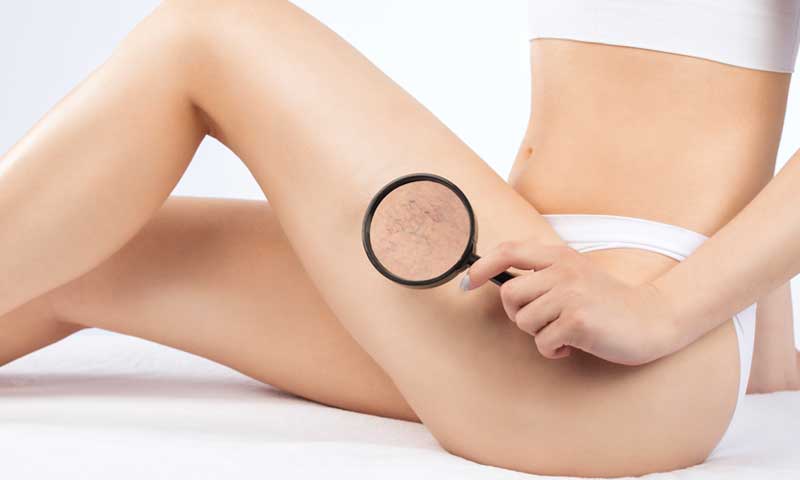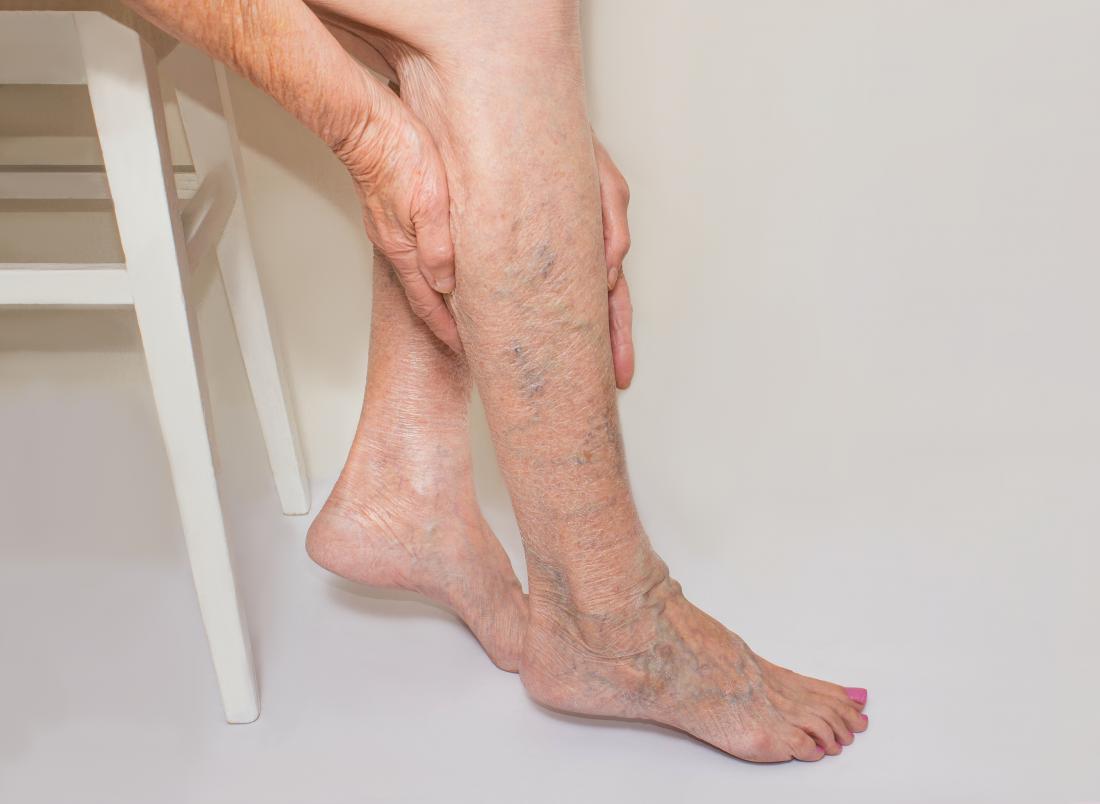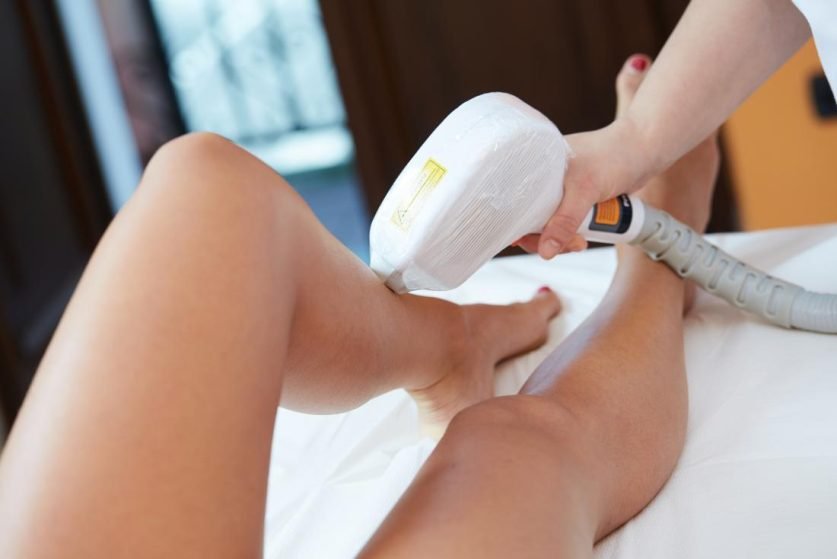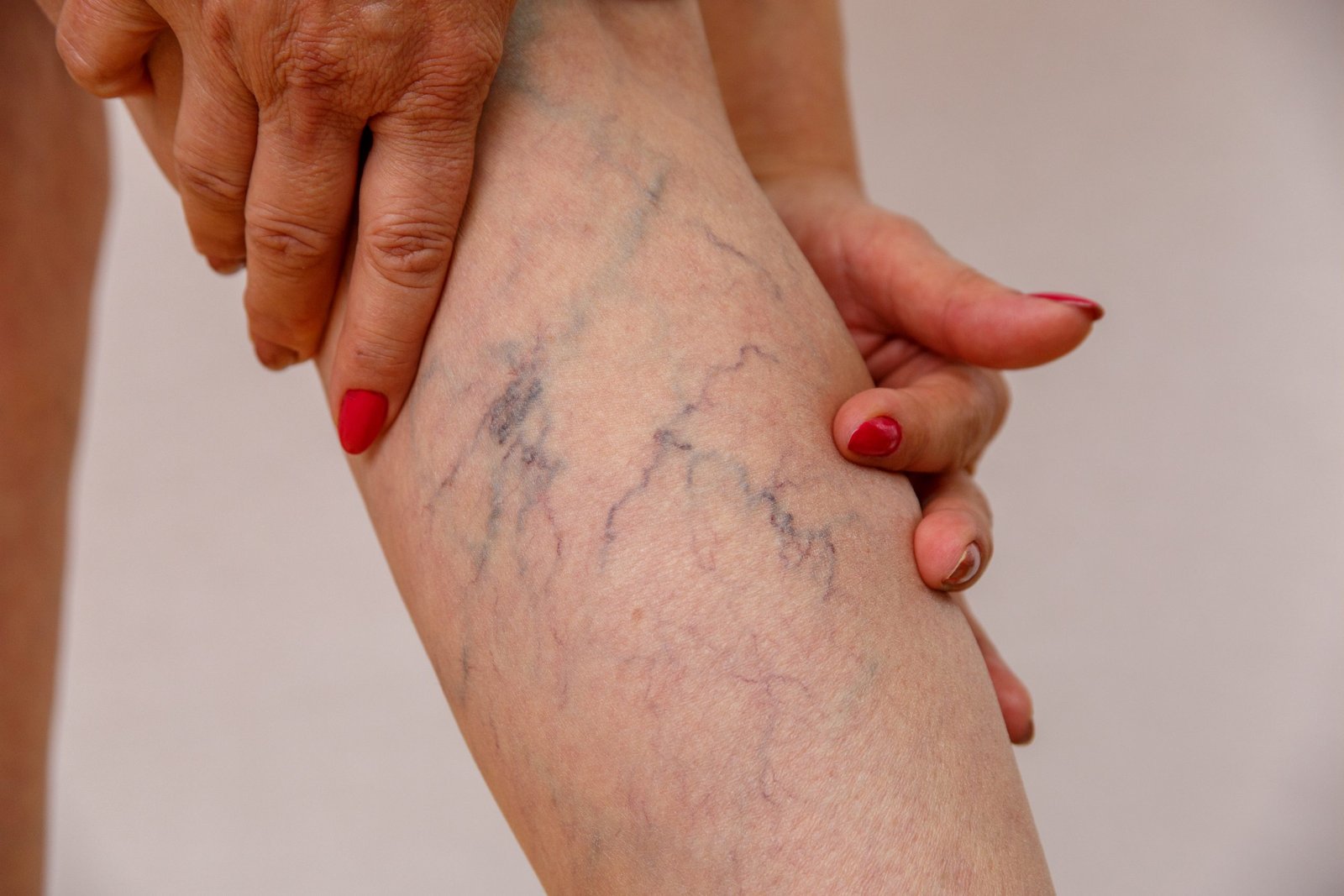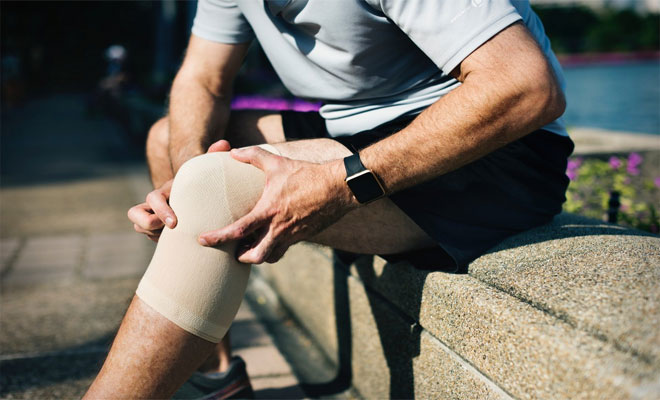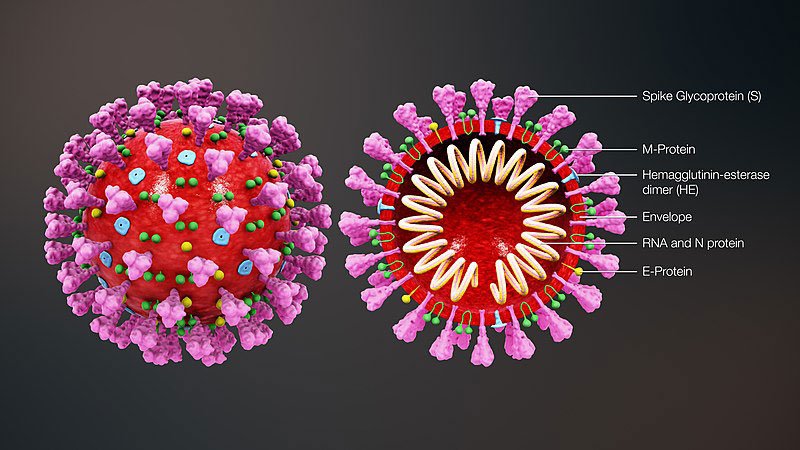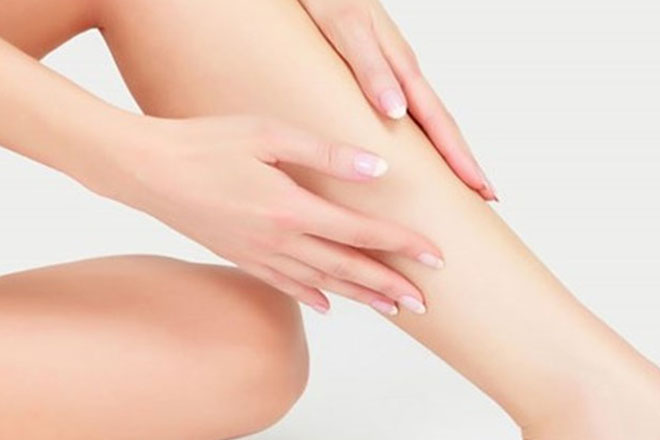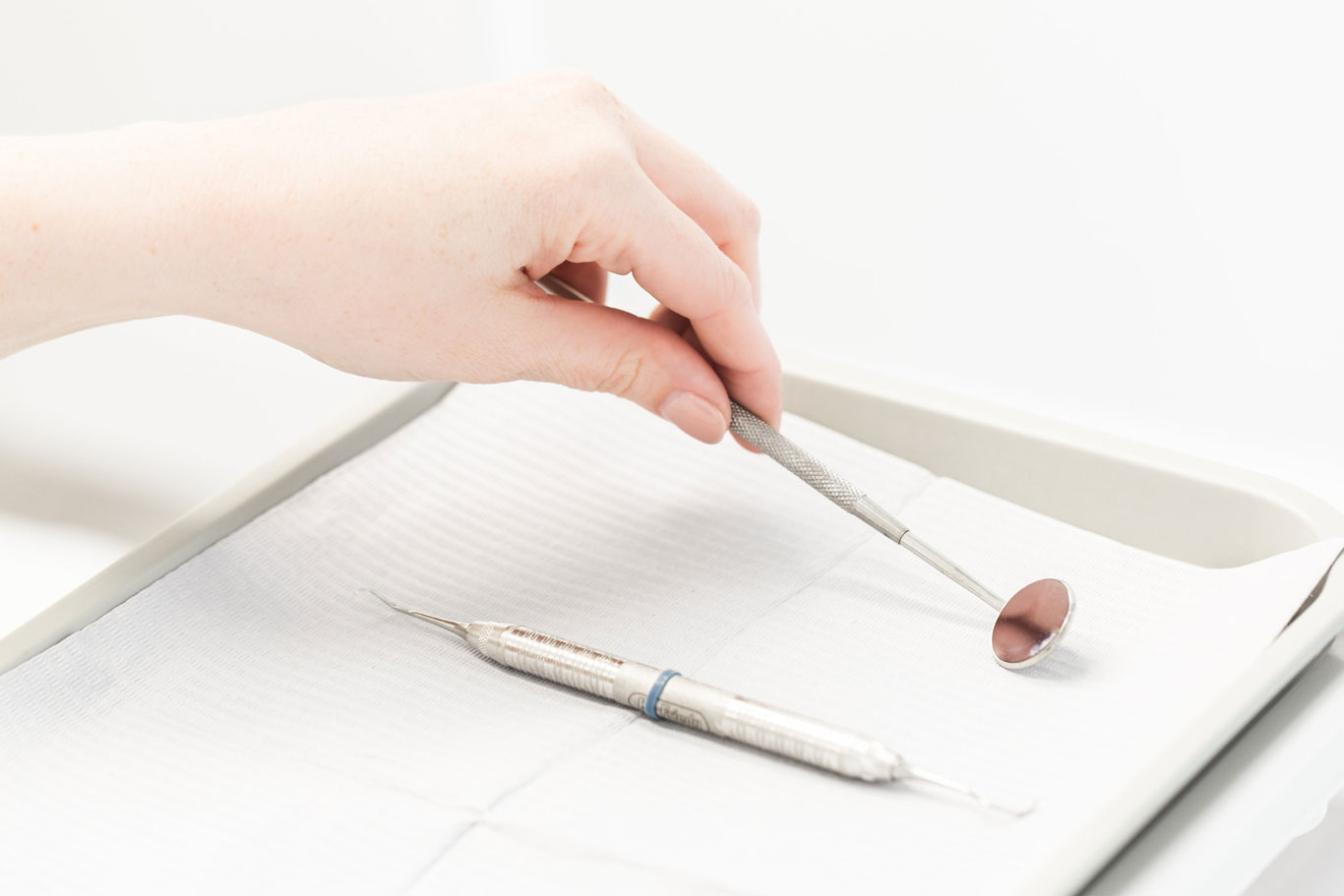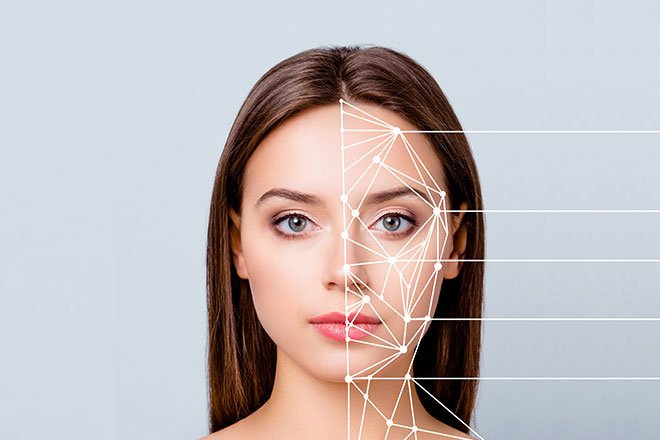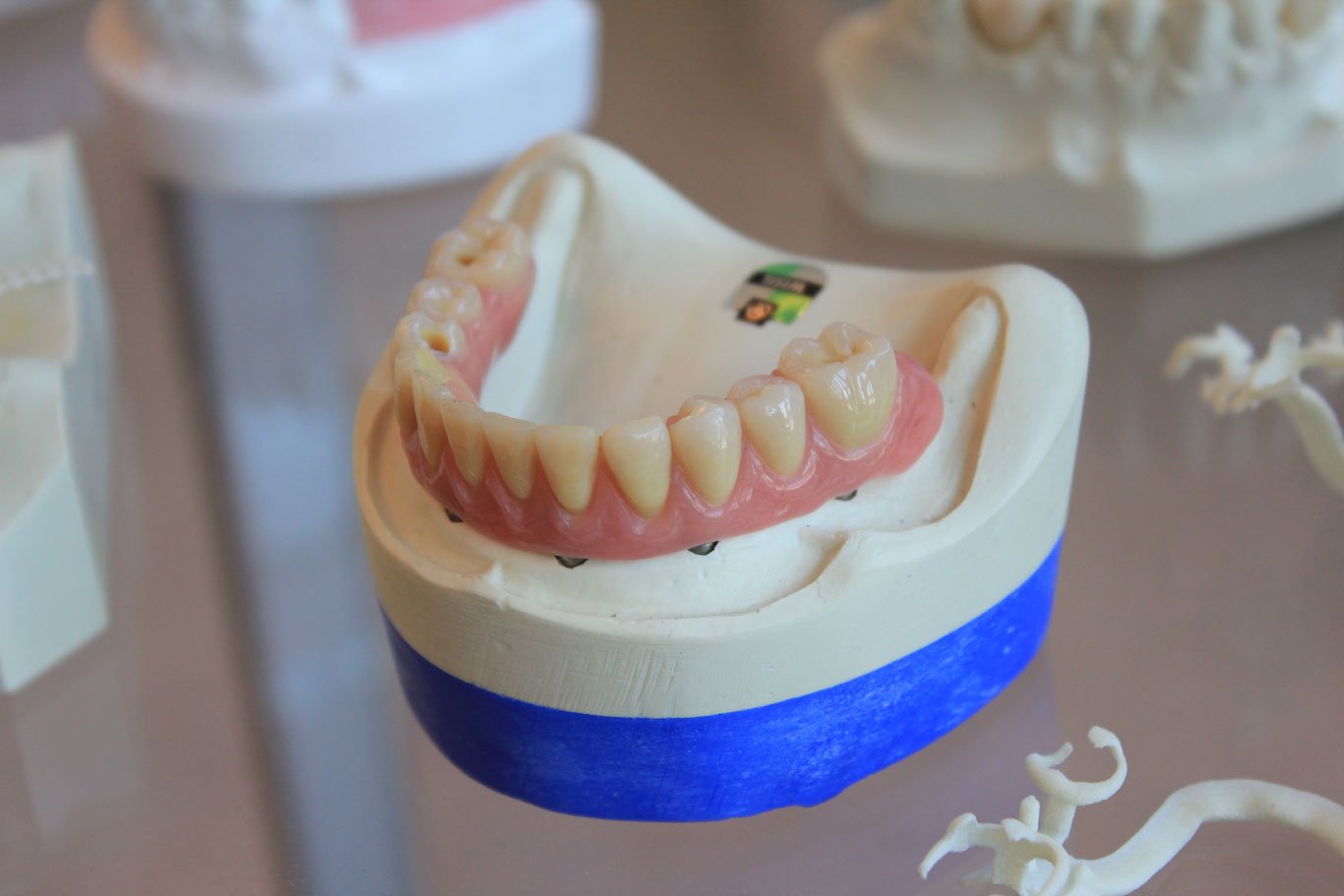What are the causes of leg cramps and how to get relief?
Leg cramps are a normal and ordinarily harmless situation where the muscles in your leg swiftly become tight and painful, legs feel heavy. It normally happens in the calf muscles, although it can change any portion of your leg, including your feet and thighs. After the cramping has moved, you may hold pain and tenderness in your leg for a few hours. Most of the cases occur at night during sleep. Leg cramps can be unbearable, they give you swollen legs too in some cases. They frequently attack when you are in a sound sleep, awakening you with a violent response, worsened just by the excitement of their return. This normally seems like a tender knot on your leg muscle and performs it instantly paralyzed. There are various types of leg cramps treatment you can go for.
Causes :
Leg cramps can happen for no obvious cause, or it could be a symptom or complexity of a wellness situation, here are a few causes :
- Inactive lifestyle. Muscles want to be stretched repeatedly to function correctly. Resting for an extended duration of time could make leg muscles more responsive to cramping.
- Muscle overexertion. Too much exercise can produce a tired muscle and may be linked with muscle cramps.
- Incorrect sitting posture. Sitting with your legs crisscrossed or your toes pointed for long periods of time reduces the calf muscles, which could point to cramping.
- Extended position. The researches propose that people who stand for long intervals of time at work are more probable to encounter nocturnal leg cramps.
- Irregular nerve movement. leg cramps are linked with increased, abnormal nerve firing.
- Shortening of the muscles. The tendons, which join muscles and bones, reduce normally over time. This could guide to cramping in the muscles.
Leg cramps at night are unlikely to be the first symptom of a further severe medical situation. They are, yet, linked with the subsequent circumstances:
- pregnancy
- skeletal issues, such as flat feet or spinal stenosis
- neurological ailments, such as motor neuron illness or peripheral neuropathy
- neurodegenerative diseases, such as Parkinson’s syndrome
- musculoskeletal diseases, such as osteoarthritis
- liver, kidney, and thyroid diseases
- metabolic diseases, such as diabetes
- cardiovascular ailments, such as heart illness or peripheral vascular disorder
- medications, such as statins and diuretics.
Relief :
To get leg cramp relief, Most instances of leg cramps can be reduced by exercising the influenced muscles. Exercising your legs through the day will frequently assist in reducing how frequently you get cramping experiences. what helps leg cramps? You can stretch. To stretch your calf tissues, stand with the front half of your feet on a step, with your feet dangling off the end. Gradually reduce your heels so that they are under the level of the step. Hold for several moments before raising your heels back up to the starting position. Replicate a number of times. Medicine is normally only required in the most determined situations where cramping does not react to exercise. If you have secondary leg cramps, tackling the underlying condition may help reduce your symptoms. Leg cramps that happen through pregnancy should move after the baby is born. Numerous personal trainers, mentors, and physical therapists further suggest utilizing magnesium on the outside of your body in the form of Epsom salts. Try using the old remedy of a soaked cloth, squeezing it upon a cramped muscle, or add some to a hot bath for a soak.
If you do not get relief from your leg cramps, go for a leg cramps treatment.




